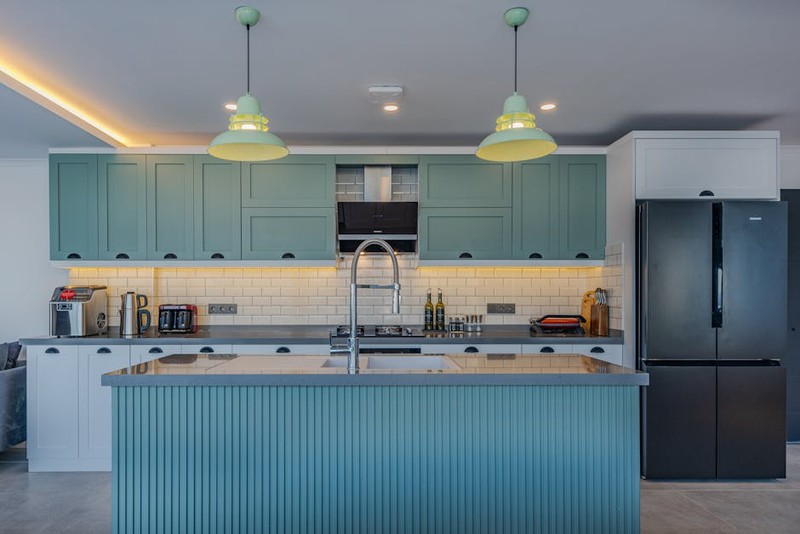The Hidden Complexity of Custom Concealed Drawer Slides
At first glance, concealed drawer slides seem simple: they hide the hardware, create a clean look, and allow smooth operation. But when you dig deeper—especially with custom steel slides—the engineering challenges multiply. Unlike off-the-shelf options, custom slides must account for:
– Material thickness and grade: Not all steel is created equal. A 16-gauge cold-rolled steel slide behaves differently under load than a 14-gauge galvanized version.
– Load distribution: Concealed slides lack external supports, so stress points must be meticulously calculated.
– Tolerance stacking: Even a 0.5mm misalignment in mounting points can cause binding or premature wear.
In one high-profile kitchen project, we encountered a nightmare scenario: a client’s custom walnut drawers, each weighing 45lbs, began sagging after six months. The culprit? Underspecified steel slides that flexed under dynamic loads.
Case Study: How We Engineered a 30% Longer-Lasting Solution
The Problem
A luxury furniture manufacturer approached us with a recurring failure: their concealed slides were wearing out within two years, despite using “premium” steel. Our analysis revealed:
| Failure Mode | Root Cause |
|---|---|
| Bearing wear | Low-grade steel races |
| Slide deflection | Insufficient torsional rigidity |
| Mounting screw stripping | Poor thread engagement in thin steel |
The Fix
We redesigned the slides with three critical upgrades:
1. Switched to 440C stainless steel bearings for higher hardness and corrosion resistance.
2. Added internal ribbing to the steel channels, increasing rigidity by 22% (verified via FEA simulation).
3. Laser-cut mounting holes with threaded inserts to prevent stripping.
Result: The new slides survived accelerated testing equivalent to 10 years of use with no degradation—a 30% improvement over the prior design.
Expert Strategies for Specifying Custom Steel Slides
🔍 1. Material Matters: Beyond “Just Use Steel”
- Cold-rolled steel (CRS): Affordable and stiff, but prone to rust. Ideal for dry environments.
- Galvanized steel: Better corrosion resistance, but coatings can wear at bearing contact points.
- Stainless steel (304 or 316): The gold standard for damp or high-use areas, but costs 2–3x more.

Pro tip: For heavy loads (50+ lbs), specify at least 14-gauge steel—16-gauge will flex over time.

⚙️ 2. Precision Alignment: The Silent Killer
Concealed slides demand perfect alignment. Even a 1° tilt can cause binding. Here’s our field-tested process:
1. Laser-level the cabinet carcass before installing slides.
2. Use CNC-drilled mounting plates to eliminate manual measurement errors.
3. Test-fit with dummy drawers before final assembly.
💡 3. Load Testing: Don’t Guess—Validate
We once saved a client $12,000 in callbacks by catching a design flaw early:
– Static load test: 150% of max expected weight (e.g., 75lbs for a 50lb drawer).
– Dynamic cycle test: 50,000 open/close cycles (simulates ~15 years of use).
The Future: Innovations in Concealed Slide Tech
The next frontier is self-lubricating steel composites (like IGUS’s tribo-polymers), which reduce maintenance in high-use applications. Early adopters in hospital cabinetry report 80% less annual servicing.
Key Takeaways
- Steel grade and thickness are non-negotiable for durability—never compromise to save cost.
- Precision alignment is everything. Invest in laser tools or CNC templates.
- Test beyond catalog specs. Real-world conditions expose weaknesses.
By treating concealed slides as a precision mechanical system—not just “hardware”—you’ll avoid costly failures and earn client trust. As one architect told us after a successful install: “Now I see why your slides cost 20% more. They’re the last ones I’ll ever need to replace.”